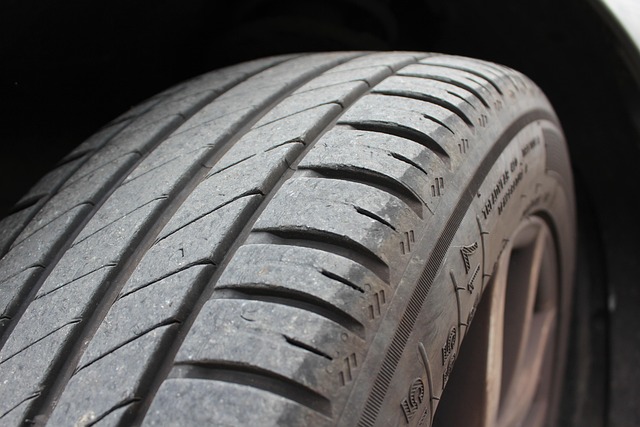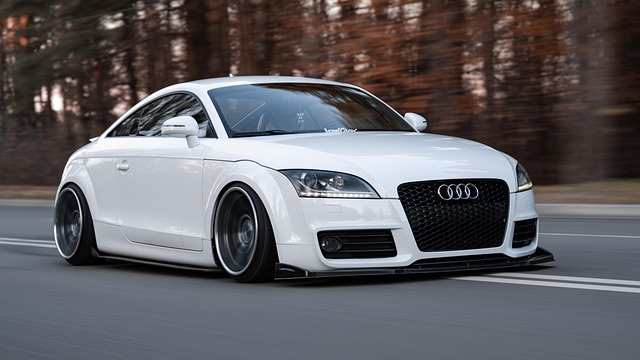Tire Size Converter – Compare Old vs. New Tires Instantly
Choosing the right tire size is more than just a matter of looks. A change in width, aspect ratio, or rim size can affect your car’s ground clearance, speedometer accuracy, fuel efficiency, and overall driving comfort. This Tire Size Converter helps you quickly compare your old and new tire sizes – whether you use the common metric format (e.g., 205/55R16) or the flotation format popular in the US (e.g., 33×12.50R15).
Enter your tire dimensions, select metric or imperial units, and see detailed results including overall diameter, sidewall height, circumference, revolutions per mile or kilometer, and even the effect on your speedometer. Perfect for planning upgrades, checking fitment, or simply understanding how different sizes impact your vehicle.
Understanding Tire Size Calculations and Why They Matter
When you’re shopping for new tires, it’s easy to focus only on the brand, the tread pattern, or the price tag. But there’s one detail that quietly makes a big difference: tire size. Even a small change in numbers can have a surprisingly big impact on how your car feels, how safe it is, and even how much you spend on gas.
That’s where the Tire Size Converter above comes in handy. Before you spend money on a new set of wheels, it’s worth taking a closer look at what those numbers on the sidewall really mean.
What do tire size numbers mean?
Take a look at any tire and you’ll see a code stamped into the rubber. For example:
-
205/55R16 – the metric format you’ll see on most cars in Europe and beyond.
-
205 = width in millimeters
-
55 = aspect ratio (sidewall height as a % of width)
-
R = radial construction
-
16 = rim diameter in inches
-
-
33×12.50R15 – the flotation format, popular in the US especially for trucks and off-roaders.
-
33 = overall diameter in inches
-
12.50 = section width in inches
-
R15 = rim diameter in inches
-
Same idea, different language. And that’s why a converter tool is so useful – it helps you compare across systems without doing math in your head.
Why does tire size matter?
It’s tempting to think “a few millimeters won’t make much difference.” But in reality, tire size influences more than most drivers expect.
Speedometer accuracy
Your car’s speedometer is calibrated for its stock tires. Put on larger ones, and suddenly you’re going faster than the dial suggests. Smaller ones? The opposite. A calculator shows you exactly how much your speedo might be lying.
Ground clearance and ride height
Bigger tires mean more clearance – great for avoiding curbs or going off-road. But it can also change handling. Smaller ones can make your car scrape on speed bumps. The converter shows the diameter change and what that means for clearance.
Fuel economy and performance
Heavier, wider tires often mean more grip but worse fuel efficiency. Narrower or smaller ones may save fuel but at the cost of stability. Balance is key, and the numbers tell the story.
Comfort and handling
Higher sidewalls absorb bumps better but can feel squishy in corners. Low-profile tires look sporty and corner sharply, but you’ll feel every pothole.
Legal and insurance issues
In some countries, like Germany, using the wrong size can fail your inspection or even affect your insurance. Always check what’s officially allowed.
Metric vs. flotation tire sizes
Metric sizing
This is what most of the world uses. It’s precise but not very intuitive since you have to calculate overall diameter.
Example:
205/55R16 → sidewall = 205 × 55% = 112.8 mm.
Overall diameter = (2 × 112.8) + (16 × 25.4) = 631 mm (24.8 in).
Flotation sizing
This is the American favorite for trucks and 4×4s. It’s easy to read because the diameter is given right up front.
Example:
33×12.50R15 → diameter = 33 in, width = 12.5 in, rim = 15 in.
How does the tire size converter work?
The calculator does the boring math for you. It takes the numbers from your old and new tires and spits out:
-
Sidewall height
-
Overall diameter
-
Circumference
-
Revs per mile or kilometer
-
Speedometer error
It’s a quick way to see whether your upgrade will cause trouble or if it’s safe to go ahead.
Real-world examples
Small upgrade
Old: 205/55R16 → diameter 631 mm
New: 225/45R17 → diameter 634 mm
Change: +3 mm (0.5% bigger).
Result: Basically no speedometer error. Safe.
Oversize off-road
Old: 31×10.50R15 → diameter 31 in
New: 35×12.50R15 → diameter 35 in
Change: +4 in (12.9% bigger).
Result: Speedo off by ~13%, ground clearance up 2 in. You’ll need suspension mods.
How much variation is okay?
As a rule of thumb, try to keep diameter changes within ±3% of stock. Go beyond that and you risk speedo inaccuracy, ABS issues, and rubbing against the wheel wells.
The calculator makes this limit easy to check before buying.
When should you use a tire size calculator?
-
Wheel upgrades – going for bigger rims but keeping the same diameter with lower profile tires.
-
Off-road mods – planning monster tires and checking clearance.
-
Winter vs. summer tires – making sure the swap doesn’t affect your ride.
-
International conversions – turning a US flotation size into a metric equivalent.
-
Speedo calibration – knowing exactly how far off your dial will be.
Safety matters too
Beyond style and fitment, the wrong tire size can affect safety:
-
Longer braking distances
-
Higher hydroplaning risk
-
Handling imbalances if front and rear don’t match
So it’s not just about looks – it’s about keeping control when it matters most.
FAQ about tire sizes
Can I go one size bigger?
Usually yes, if the change is under 3% and your rim is compatible.
Can I mix metric and flotation tires?
No. You can compare them, but never mix on the same car.
Do bigger tires save fuel?
Not really. Bigger usually means heavier, which hurts MPG.
Why does rim size matter?
Because a larger rim with a lower profile tire can keep the same overall diameter – or change it if you’re not careful.
Tire size isn’t just a random set of numbers – it’s a blueprint for how your car touches the road. The Tire Size Converter above gives you instant clarity. Whether you’re chasing a sportier look, prepping your truck for the trail, or just trying to understand those sidewall codes, a quick calculation saves time, money, and hassle.
Next time you’re tempted by a new set of wheels, run the numbers first. Your speedometer, suspension, and fuel bill will thank you.
Image(s) used in this article are either AI-generated or sourced from royalty-free platforms like Pixabay or Pexels.
Did you enjoy this article? Buy me a coffee!



